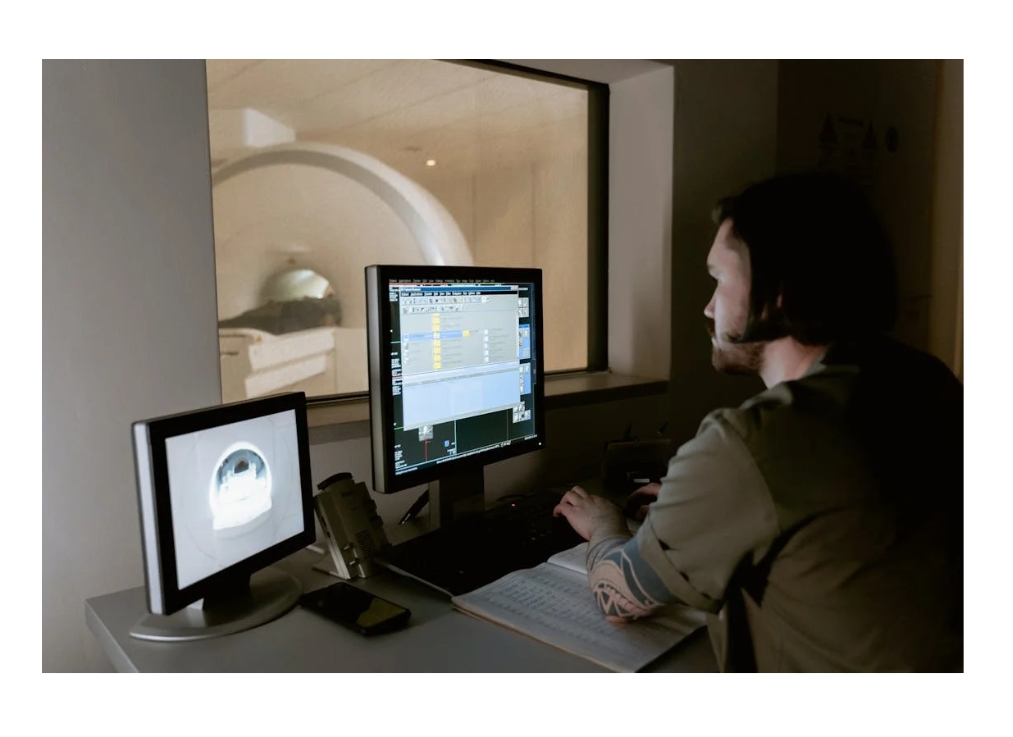Efficiency in a medical practice is essential for delivering high-quality patient care, maintaining financial health, and ensuring staff satisfaction. Streamlining processes, leveraging technology, and optimising resource use can significantly enhance operational efficiency. Here are effective strategies to increase efficiency in your medical practice.
Use Telehealth Software
Incorporating telehealth software in Australia into your practice can significantly improve efficiency by providing patients with remote consultation options. Telehealth reduces the need for in-person visits, which can alleviate scheduling bottlenecks and save time for both patients and providers. This technology is particularly useful for follow-up appointments, chronic disease management, and consultations that do not require physical examinations, enhancing overall practice efficiency.
Optimise Appointment Scheduling
Efficient appointment scheduling is crucial to minimise patient wait times and maximise provider productivity. Implement an advanced scheduling system that allows for flexible time slots, automated reminders, and easy rescheduling. Use data analytics to identify peak times and adjust staffing accordingly. Encourage patients to use online booking systems to reduce administrative burden and improve the patient experience.
Implement Electronic Health Records (EHR)
Electronic Health Records (EHR) systems are fundamental for improving efficiency in medical practices. EHRs streamline patient data management, reduce paperwork, and enhance communication among healthcare providers. Choose an EHR system that integrates seamlessly with other practice management tools and ensures easy access to patient information. Regular training for staff on EHR usage can further enhance efficiency and reduce errors.
Streamline Billing and Coding Processes
Efficient billing and coding processes are vital for the financial health of a medical practice. Implement automated billing software to ensure accurate and timely claims submission. Regularly train staff on the latest coding standards and compliance requirements. Conduct periodic audits to identify and address common billing errors. Streamlined billing processes reduce administrative burden and improve cash flow.
Enhance Patient Flow Management
Effective patient flow management minimises wait times and enhances the patient experience. Use patient flow software to track and manage patient movement within the practice. Design the physical layout of the practice to facilitate smooth transitions from one service area to another. Ensure that all necessary equipment and supplies are readily accessible to avoid delays.
Delegate and Empower Staff
Delegation and empowerment of staff can significantly enhance efficiency. Clearly define roles and responsibilities to ensure that tasks are appropriately distributed. Empower staff by providing them with the necessary training and tools to perform their duties effectively. Encourage a culture of teamwork and open communication to foster a collaborative environment where staff can share ideas for improving efficiency.
Utilise Data Analytics
Data analytics provide valuable insights into various aspects of your practice’s operations. Use analytics to monitor key performance indicators such as patient wait times, appointment no-show rates, and provider productivity. Analyse this data to identify inefficiencies and implement targeted improvements. Data-driven decision-making enables you to optimise resource allocation and enhance overall efficiency.
Automate Administrative Tasks
Automation of administrative tasks can free up valuable time for healthcare providers and staff. Implement software solutions for tasks such as patient check-in, appointment reminders, and prescription refills. Automate routine communication with patients, such as follow-up emails and satisfaction surveys. Automation reduces the administrative burden and allows staff to focus on more critical tasks.
Foster Continuous Improvement
Creating a culture of continuous improvement is essential for long-term efficiency. Regularly review and assess practice operations to identify areas for improvement. Encourage staff to provide feedback and suggest innovative solutions. Implement a system for tracking and measuring the impact of changes to ensure that improvements are effective and sustainable.
Prioritise Preventive Maintenance
Regular maintenance of medical equipment and facilities prevents unexpected breakdowns and disruptions. Develop a preventive maintenance schedule for all equipment to ensure it remains in optimal working condition. Regularly update and maintain software systems to prevent technical issues. Preventive maintenance enhances reliability and efficiency in your practice.
By adopting these strategies, medical practices can enhance operational efficiency, improve patient care, and ensure financial stability.







